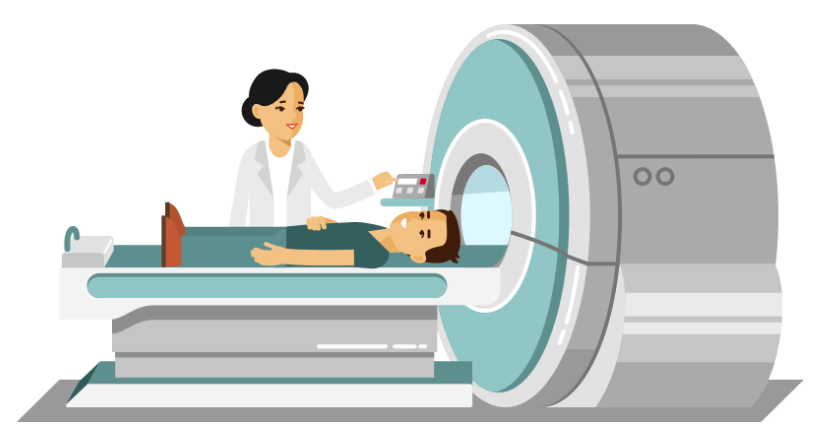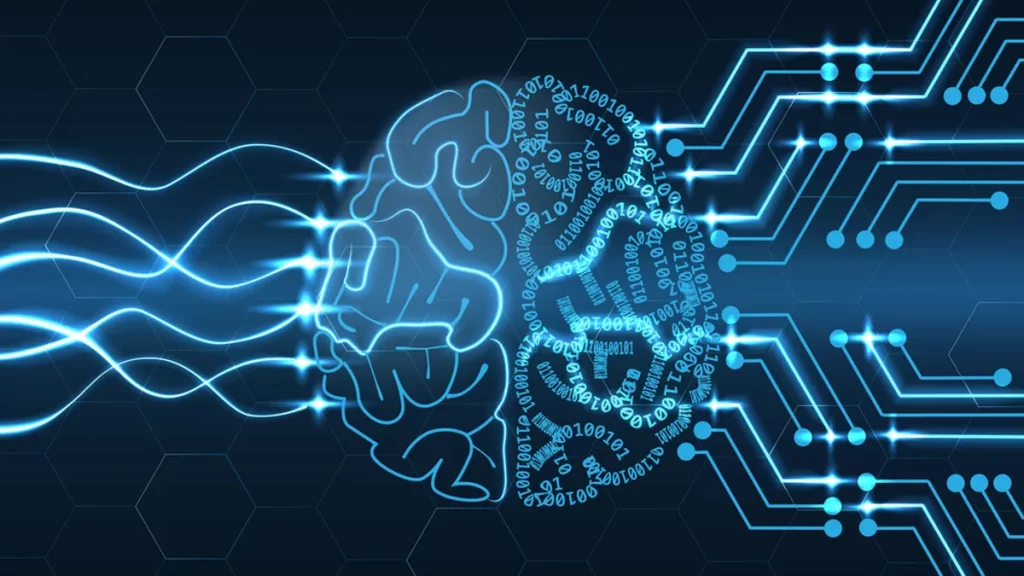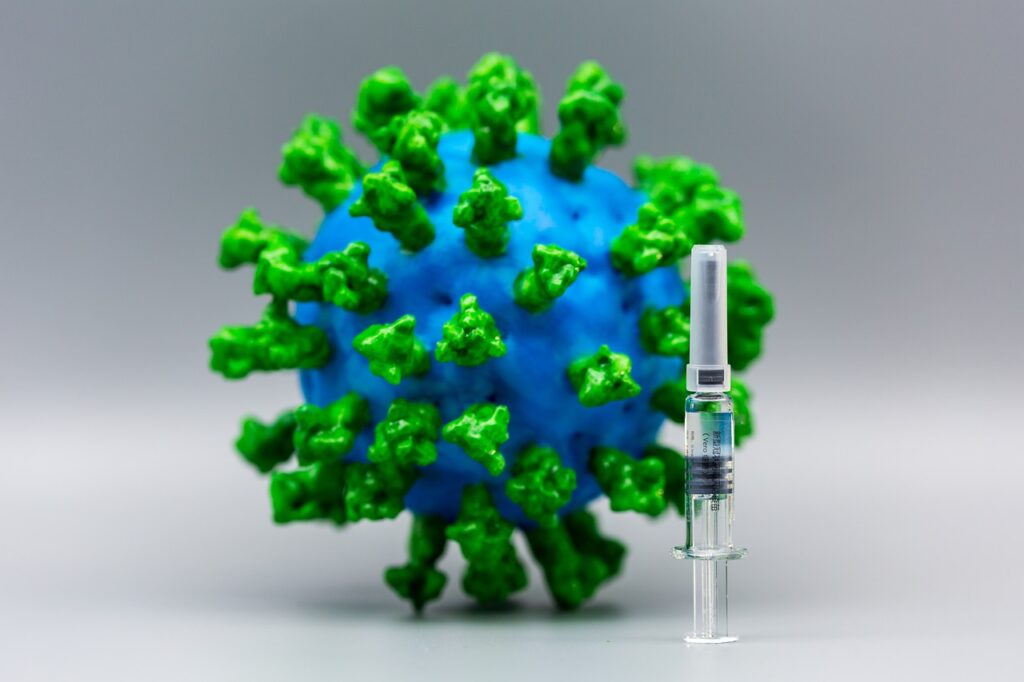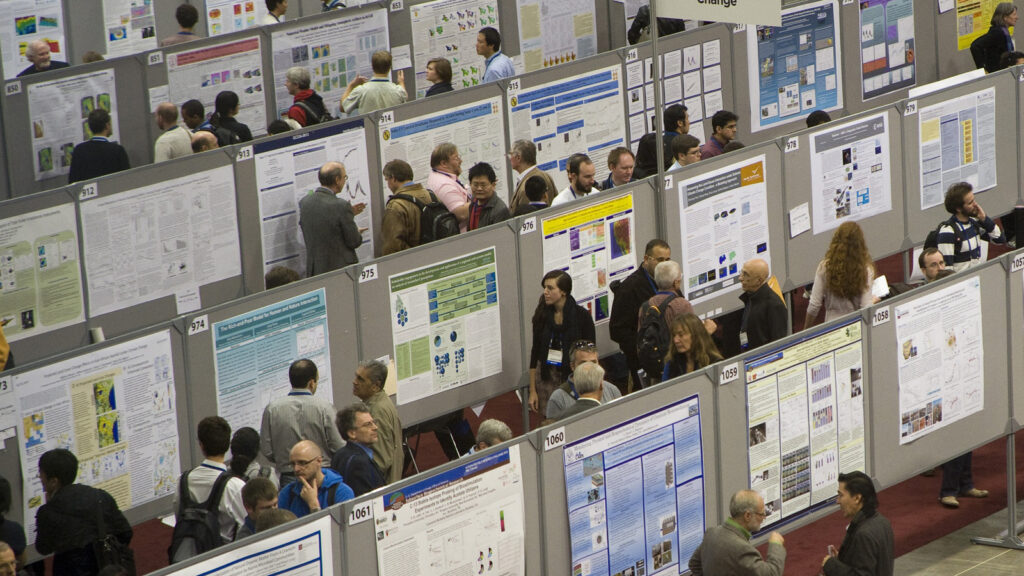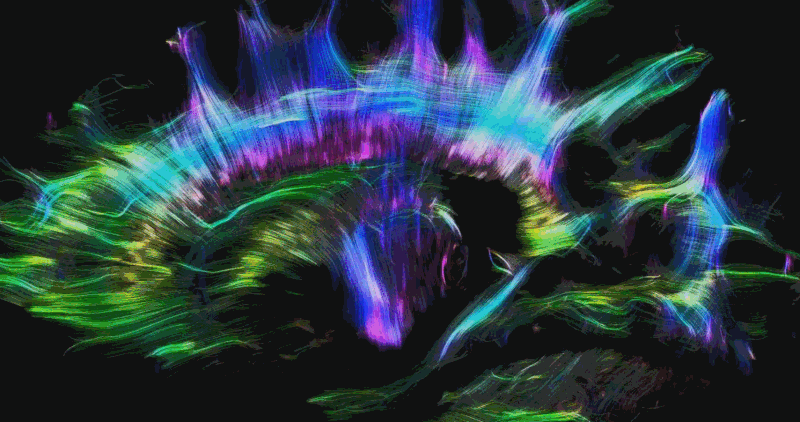Un guide rapide de l'IRM et son fonctionnement
L’Imagerie par Résonance Magnétique, souvent appelée IRM, est un terme que vous avez probablement déjà rencontré, mais les mécanismes internes de cette technologie médicale avancée peut sembler être une énigme. Avec environ 30 millions d'examens IRM réalisés chaque année aux États-Unis, l'IRM est la troisième technique d'imagerie la plus utilisée après les radiographies et la tomographie assistée par ordinateur (CT scan), et la deuxième technique de neuro-imagerie la plus utilisée après l'électroencéphalographie (EEG). Ne vous laissez pas intimider par ces termes lourds de jargon : à la fin de cet article de blog, vous allez mieux comprendre le fonctionnement de l'IRM. Alors, soyez patient et considérez-moi comme votre guide amical dans la découverte de ce sujet captivant mais complexe.

